Ethiopia and Tigray: government/TPLF conflict aggravated by US sanctions
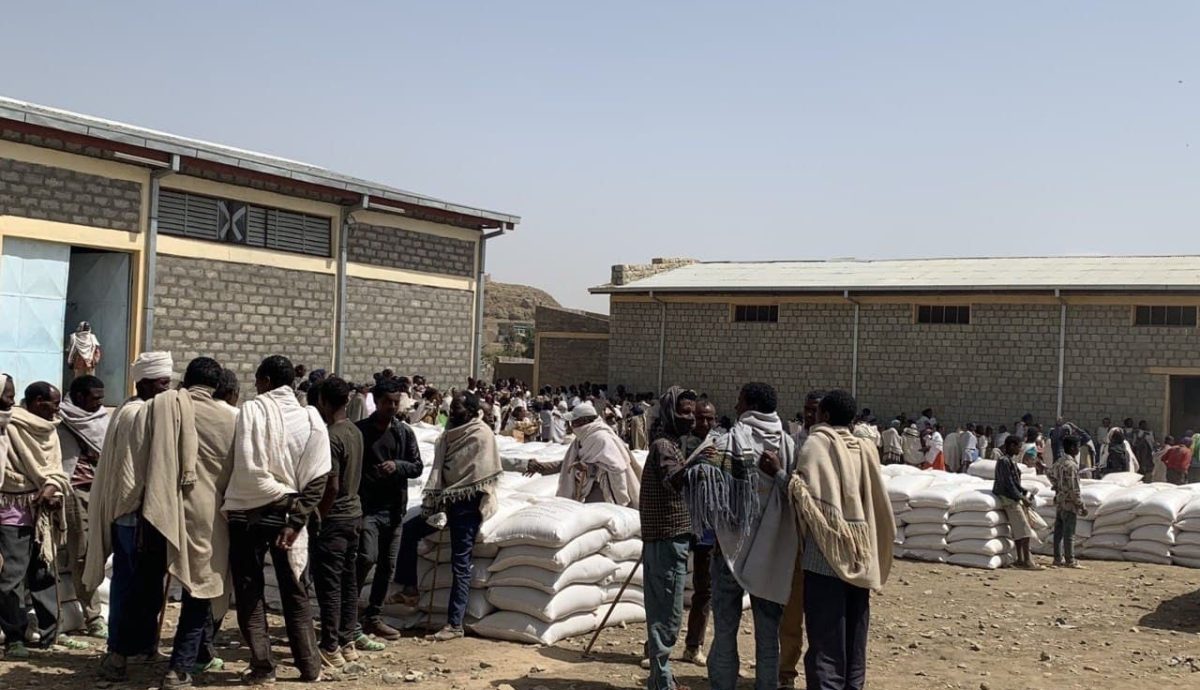
Ethiopia and Tigray: government/TPLF conflict aggravated by US sanctions
Tigray, the history of a conflict worsened by recent US sanctions against Ethiopia and Eritrea – interview with an Ethiopian activist
Ethiopia: aid being sent to the Tigray region [@MoP]
On 23 May US Secretary of State Antony Blinken indicated that the US would impose sanctions on Ethiopia and Eritrea, for the reason that Ethiopia had not resolved the conflict started by the TPLF in Tigray according to the timelines and methods stipulated by the US. Eritrea is accused of supporting the Ethiopian government.
For this reason sanctions have been imposed regarding the issuing of visas, against the government officials and the military of both countries. Ethiopia has responded to accusations by denying that it has prevented the arrival of humanitarian aid. Their government also points out that they have set up enquiries to find those responsible for crimes against civilians. The people working on this include the human rights organisations of Ethiopia, the United Nations and Africa. The Ethiopian government has indicated, however, that it will not be opening negotiations with the TPLF, as it has considered it a terrorist group since the 4 November attack.
Eritrea, for their part, have reminded the US that the TPLF during the early days of the war fired missiles at Asmara, with the clear intention of widening the conflict.
But what sort of organisation is the Tigray People’s Liberation Front, the party in power in Ethiopia between 1991 and 2018, only to be replaced by Prime Minister Abiy Ahmed?
In order to understand the reasons for the conflict started by the 4 November attack on the Northern Command in Tigray, in the northern part of Ethiopia, Affari Italiani now interviews Aster Carpanelli.
Aster is an Ethiopian activist who has lived in Italy since the Nineties. Holding a degree in Political Science from Addis Ababa, and in International Relations from the Jawaharlal Nehru University of New Delhi, she comments on her commitment to Ethiopia: “I could not do otherwise – politics is my passion.”
In the Nineties in Ethiopia, after the overthrow of the military junta of Mengistu Haile Mariam – in power since 1974 – a coalition of parties was set up based on ethnic lines, the Ethiopian People’s Revolutionary Front (EPRDF), headed by the TPLF under Meles Zenawi, who became the president of the transitional government. The TPLF however already existed…
“Even before becoming a party,” explains Aster Carpanelli, “the TPLF was a university student movement set up in the early Sixties. Its members were the children of the country’s elite. To start with they were nationalists, then they adopted Marxist-Leninist theories. In those days in Ethiopia students used to read Marx, Lenin and Engels.”
“This is why a number of historians believe that Ethiopia’s future problems started at that time. The Stalinist theories of nation and nationality, including the right of secession, came out of that context. The TPLF divided Ethiopian society into four classes: the peasants, the proletariat, the lower middle class and the upper middle class, the last of these being the real class enemy. The peasants are the ones who must bring about revolution, with the support of the lower middle class and proletariat, who are not very numerous because Ethiopia is not an industrialised country.”
Was this the way that the TPLF saw society?
“That wasn’t all,” says Aster. “They also had a very dangerous brand of ethnic nationalism.”
“In 1975, the year after it was founded, the TPLF produced a secret document leaked by two exiles. The document contained two very important points.”
“Firstly, it said that the community of Amhara (This represents around 30% of the population. – Ed.) was the enemy of the Ethiopian people, the nation and nationality, because it belonged to the oppressor class. Secondly, it explained that all people who spoke Tigrinya were Tigrayans. (Tigrayans are around 7% of the population. – Ed.) This was an expedient to group together all Tigrinya speakers, including minorities in other regions outside Tigray. If they spoke Tigrinya they were considered part of Tigray.”
“So, for example, Welkait, which was part of Gonder, and Raya, which was part of Wollo, would become part of Tigray because they contained Tigrayan minorities who spoke Tigrinya.”
“This document also said that all of the Eritrean coast and its ethnic groups who spoke Tigrinya were part of Tigray.”
“Consequently for the TPLF Tigray consisted of the geographical area as it was up until 1991, plus zones annexed subsequently from Amhara. Also included in this political plan for Greater Tigray was the Eritrean coast as far as the port of Assab, in order of gain access to the sea.”
Some historians and Western analysts however maintain that Greater Tigray has never existed and is only a myth…
“They have never seen it as existing,” says Aster. “Yet even today there is a movement, which you can find on the Internet, called the Agazien Movement, agaze meaning Tigrinya speaking, in other words areas where Tigrinya is spoken, areas where we find Christian Tigrayan groups who support Greater Tigray.”
“They would like to acquire the Orthodox and Catholic uplands from Eritrea, but not the Islamic lowlands. This is why they hate President Isaias Afwerki, because they know that their plan will not be realisable as long as he is there. He would never accept the division of Eritrea. In 1991 when the TPLF came to power they set in motion the Greater Tigray plan at the expense of Amhara… and this is how it was until 4 November 2020. You can verify this just by looking at a map of Tigray before and after 1991. Over the course of these years, territory was taken away from Amhara, territory whose agricultural importance made it an attractive proposition, as cotton and oil seeds were grown there. Landowners in Amhara were forced to leave their land. In addition to this the TPLF imposed Tigrinya in an area in which Amharic has always been spoken, creating a kind of apartheid. For this reason substantial numbers of young people took flight, and unfortunately many of them died.”
“In November when the federal troops beat the TPLF militias, there were celebrations in the streets…”
What is the situation now?
“There is still tension. The new administration in Tigray would like to keep the territory in Amhara, an unacceptable condition for the Amharans, who amongst other things have been fighting alongside the federal troops in the last few months. For the moment the areas which had become Tigray have gone back to being Amhara. The people there are happy. They can speak their own language, they can wear traditional clothes. For 27 years they were afraid of the TPLF, and now they feel free.”
“I don’t know which way the international media were looking back in 2005, when the TPLF lost the elections and promptly forced their opponents to flee. Many of the latter came back in 2018 with the arrival of Abiy Ahmed.”
Returning to the Constitution, article 39 establishes the self-determination of every people, nation and also secession…
“Our Constitution,” explains Aster, “is the only one based on ethnicity and language, because the TPLF wrote it that way. For them Tigray is a nation. This is the sense of ethnic federalism which changed the face of Ethiopia. They rewrote history, which according to them began with Tigrayan domination. In the 27 years in which they were in power it is as if they dropped one bomb after another on Ethiopia. They even introduced ethnic identification on identity cards, like in Rwanda. Their propaganda talked about democracy and equality, but not for everyone.”
Did the TPLF only give positions to party members?
“If you were Tigrayan you had many advantages,” says Aster. “In the Armed Forces the highest ranks were reserved for Tigrayans, as indeed they were in all of the administrative and bureaucratic system. Already before 1991, when they were still guerrillas, the TPLF had started to accumulate wealth.”
“How? By creating NGOs.”
“The first one was set up in 1978, called REST, the Relief Society of Tigray.”
“Ostensibly its aim was to help civilians, but everyone knew that it was part of the TPLF.”
“As far as the international organisations were concerned, it was an independent NGO, but actually it wasn’t. The money raised was even used to finance TPLF businesses in Sudan, when there was fighting there, so that the profits went to the TPLF.”
“In 1989, before independence, they set up the TDA (Tigray Development Association).”
“This is a not-for-profit organisation which still exists. It even has Headquarters in Rome. In this case humanitarian aid has become a political instrument – if you support the TPLF you get more aid. The TDA even ran the transport that moved the food. Could the international organisations really have failed to understand the significance of this?”
“This is why we have a terrible suspicion now when we call out for humanitarian aid, because we know that aid has been a fundamental part of TPLF business.”
“Then in 1995 they organised Effort, another NGO, a colossus in the charity world.”
“It was a group of many companies which were themselves NGOs, involved in agriculture, technology, finance, trade, insurance, banking and industry. Even Almeda, the Adwa textile factory, which has produced Eritrean military uniforms for TPLF soldiers, works for Effort.”
“All of this was run by the top people in the TPLF and their relatives, with all the advantages of NGOs, starting with taxes. Customs exemptions for imports and exports and tendering, and no private competition.”
A 2011 report by the Italian Chamber of Deputies described the NGO system in Ethiopia, leaving open many of the doubts raised by Aster Carpanelli. According to the report, the NGOs in Ethiopia have become a system for funnelling in foreign money towards the interior, especially to the not-for-profit sector. During Ethiopia’s famine problems of the early 70s, a lot of NGOs came into being to receive international aid. Subsequently this system became part of the socio-economic organisation of Ethiopia. We can read, however, in the report, even after the collapse of the Derg, that the “NGOs have always adopted a cautiously low profile where domestic policy issues are concerned.” Over the years the European diaspora, and especially the Tigrayan community in the US, have organised activities in support of the TPLF thanks for example to the TDA (Tigray Development Association), set up in Washington in 1989. From 1995 onwards however the Meles Zenawi government – to prevent the diaspora hostile to the government from influencing political life through the NGOs – brought them back under the control of the Ministry of Justice.
“A World Bank report said that in the first twenty years of the government, 50 billion dollars left Ethiopia illegally,” says Aster.
The 2011 report Global Financial Integrity, commissioned by the UNDP (United Nations Development Programme), included Ethiopia in its list of the top ten countries from which funds were transferred illegally during the period 1990-2008 towards banks and off-shore financial centres in high-income economies (especially the Cayman Islands and Switzerland, according to IMF studies). To give some details, the report put Ethiopia in 9th place, with 8.4 billion dollars leaving the country illegally, mainly (65-70%) linked to trading profits from coffee and gold with false invoicing, but also (30-35%) aimed at laundering money from government corruption and fraud. The report imagines that the escaping money travelled via informal transfer methods, for example hawala or money transfer services.
Meles Zenawi, leader of the TPLF, was from the start of his government (1991-2012) a good friend of America…
“In 1990, before the liberation of Addis Ababa, Meles already controlled many parts of the country: Axum, Mekelle’, Gondar and Wollo. At that point he went to the US to reassure President George Bush, and tell him that the TPLF was in favour of the free market and was no longer Marxist-Leninist. In reality Ethiopia was all state-run, in fact it all belonged to the Party.”
“The State was not so much the State as the Party.”
“When Meles died in 2012, and I am quoting here from memory, Susan Rice said at his funeral that he had been a leader, a political visionary, a great friend of America.”
“I am now asking this question: how is it that the West did not denounce the disappearances, killings and human rights violations that happened while Meles was Prime Minister?”
After the federal army’s response to the attack by the TPLF militias in Tigray, the international press denounced the killings, describing them as crimes against humanity. News was published of massacres in Axum, but what happened in Mai Kadra was omitted. We heard eyewitness accounts, said to be true, but which later turned out not to be, whereas the TPLF brutality denounced by Polish anthropologist Natalia Paskiewicz was not covered by the media…
“The accusation of crimes against humanity levelled at the federal army does not take into consideration a number of important circumstances. For example, during their retreat the TPLF destroyed a considerable number of prisons. According to a statement made by Prime Minister Abiy in Parliament around 30 thousand prisoners escaped. Now, as I have already said, the Almeda textile factory has produced Eritrean military uniforms. Who has been wearing them? It becomes very easy to accuse Eritrean soldiers, because they speak the same language as the Tigrayans, and if the soldiers are wearing Eritrean uniforms it’s difficult to tell if they are Eritreans or TPLF soldiers. Having said that, there is a very important report by the Human Rights Commission of Ethiopia. They wrote that 28-29 November around one hundred people were killed in Axum. Among these were refugees from other parts of Tigray, people who had come for the Santa Maria of Sion celebrations, and also residents. This is research based on interviews with religious people, doctors, relatives of 45 victims and eyewitnesses. I would like to add, however, we must go beyond ethnic origins, and recognise that all life is sacred. Human life must always be defended, and so it is right to investigate.”
In the last few days the office of the Attorney General of Ethiopia has published the first observations on the accusations of atrocities committed by the Ethiopian and Eritrean forces in the city of Axum. According to the investigations of the Attorney General’s office, the majority of the victims were TPLF combatants killed in clashes with federal and Eritrean troops.
“What is not true,” adds Aster, “is that the Church of the Ark was destroyed or that about 700 people died. Another point to consider: in that area at that time a curfew was in force. Soldiers could have shot anyone not respecting it, though this would certainly have been an excessive reaction.”
“Western journalists have said very little about Mai Kadra. Amnesty International in their report dedicated two lines to it, yet almost one thousand deaths were involved, all Amharas. In the Getty agency photos we can see the doors of their houses with Amhara written in red on them. This was just before the attack.”
Let us return to 4 November and the atrocities committed during those days …
“The federal army had been stationed on the Tigray border since the years of the Eritrean conflict. (1998-2000 – Ed.) Its presence there for 20 years had made it part of Tigrayan life and society.”
“It was the army who helped the peasants with the harvest, who battled the invasion of locusts, who collected the money to stop Covid-19, who built churches and schools. Many of the soldiers married Tigrayan women, starting families and supporting the economy of the region in this way.”
“These are the people the TPLF army killed. The government has not supplied official numbers, but there are said to have been around 50 thousand soldiers stationed in Tigray.”
“They attacked the Northern Command because they knew that there were strategic weapons there. Missiles and more than two hundred tanks, as Prime Minister Abiy Ahmed said. (80% of Ethiopia’s military supplies were in those bases – Ed.)”
“This was a coup d’etat.”
“They killed the soldiers. They didn’t bury them, leaving them for the animals. Many soldiers cried at the sight of this.”
“Others were taken hostage as human shields. Those who could escaped, naked and barefoot, towards the Eritrean border. Women soldiers were raped. They mutilated the breasts of many of them.”
“Then they asked the government to sit down at the negotiating table with those responsible for such an attack?”
“What government would have agreed to this? Prime Minister Abiy had to react. And fortunately Eritrea welcomed many fleeing soldiers and saved them. This is what happened 4 November 2020.”
But when they killed the soldiers stationed in Tigray, did the TPLF kill Tigrayans?
“No. Only non-Tigrayan soldiers were killed. It was an operation of ethnic cleansing, a co-ordinated attack. The TPLF had about 250 thousand combatants, made up of militias, special forces and police. Many officers inside the Ethiopian army were Tigrayan, so arrangements were made between those on the outside and those on the inside. Indeed they attacked the Northern Command during the night, killing the soldiers while they were asleep and cutting the phone lines so that no-one could call for help.”
“In all this there was a list of Tigrayans to save and non-Tigrayans to kill.”
You mentioned the 1998-2000 war between Eritrea and Ethiopia for the border with Tigray, a dispute which left a prolonged state of crisis. Indeed Ethiopia did not accept the redrawing of borders decided in 2002 by the Algiers Agreement. It was only in 2018, almost 20 years later, that President Isaias Afwerki and Prime Minister Abiy Ahmed signed their joint declaration in Asmara, bringing a thawing and resumption of relations between the two countries. In your opinion, why is it that this took so long to come?
“Because the TPLF never wanted peace with Eritrea. They wanted tension to remain high, but not because of Badme, a non-strategic town in arid territory. Meles’ objective was to keep the conflict going. If he had resolved it, political and diplomatic channels would have opened up. This would have stopped the Greater Tigray plan, which he could never let go of. With the internal and external tension he hoped to bring about the downfall of President Isaias, who would never have accepted their plan.”
“These days, in addition to good relations between Eritrea and Ethiopia, there are also positive agreements with Somalia, which offers the prospect of a stronger Horn of Africa, stronger too in its discussions with the West…”
“In the Horn of Africa Ethiopia is the largest and most populous country. Ethiopia, Eritrea and Somalia together would become an important power in the region, and an example for other African countries. I think that their alliance may frighten the West.”
“I had the opportunity to discuss this with an Italian MEP.”
“The EU, I told her, is wrong not to support Eritrea and Ethiopia, who fight terrorism and take part in peacekeeping operations. Furthermore for Africa it is no longer just a question of international relations with Europe or America: there is also Russia and China. We need to learn the lessons of history. In 1974 when the Derg*** came to power, its slogan was Ethiopia Tikdem (Ethiopia First), a nationalist slogan. In 1977-78, however, when Somalia attacked Ethiopia over the Ogaden region, Mengistu asked the US for help but was refused. At this point he turned to the USSR, embracing the Soviet Marxist regime, although he was not even a socialist…”
In conclusion, how do you see the near future of Tigray?
“In politics you should never underestimate your enemies. On the Internet there are videos in which Debretsion Gebremichael, ex-governor of Tigray, walks around with others, apparently relaxed. I do not know if these videos are genuine, but the message is clear and aimed at young people: Fight, the TPLF is not dead! This is a very dangerous message.”
The TPLF has also set up a clever communication strategy…
“To my mind it is not so much about them having been clever, but more about what we have failed to do, in Ethiopia and Eritrea.”
“It is true that the TPLF still has friends everywhere. For example the person who dealt with the Amnesty International report is a Tigrayan. Over the years the TPLF has built a costly lobbying structure, which is still in operation. Ethiopia won the war on the battle field, but was not prepared for the media war.”
“Let us consider the example of language. Amharic is a beautiful language, but the news for the foreign media should have been disseminated in English. Moreover the embassies of the different European countries should have translated the news into their own languages, a job which has not been done so far but which will be done in the future.”
Marilena Dolce
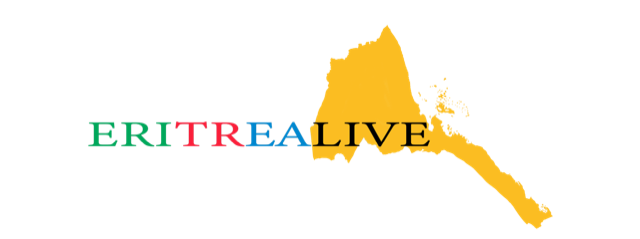
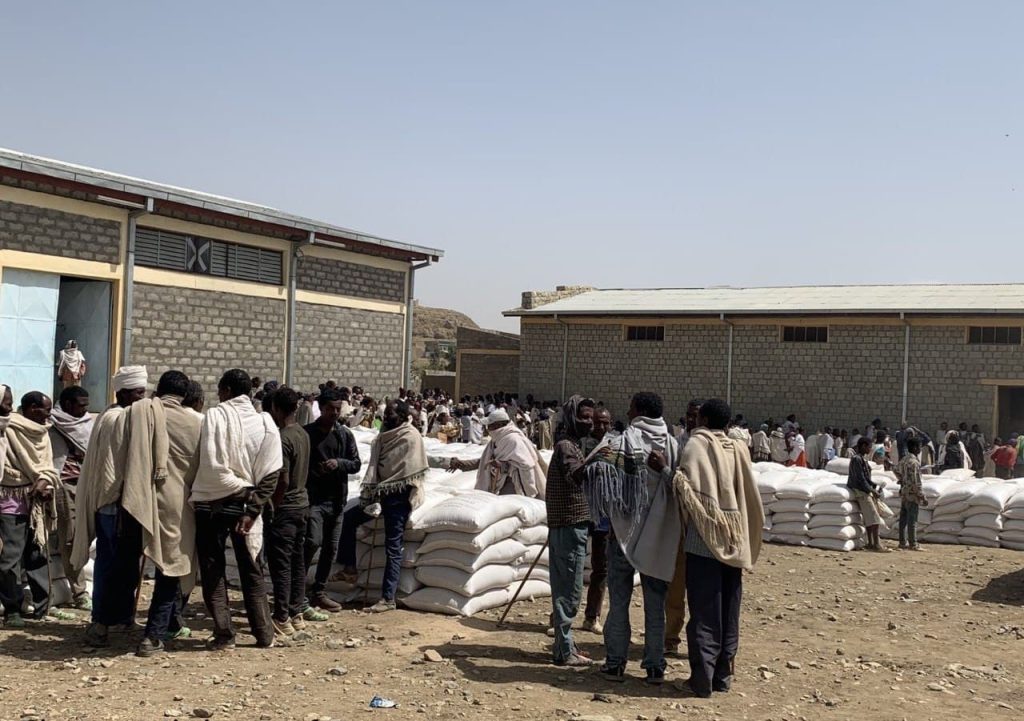

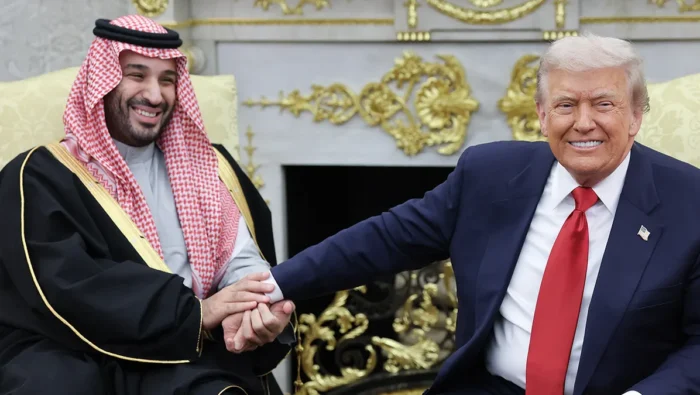
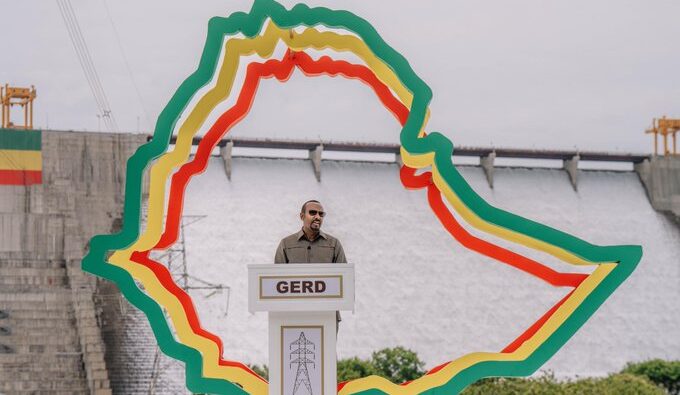
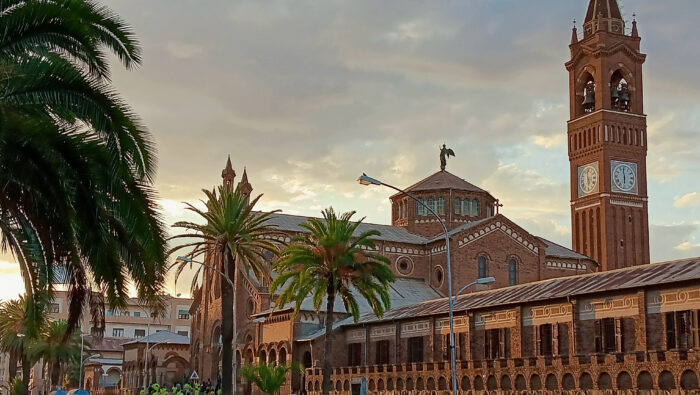
Lascia un commento